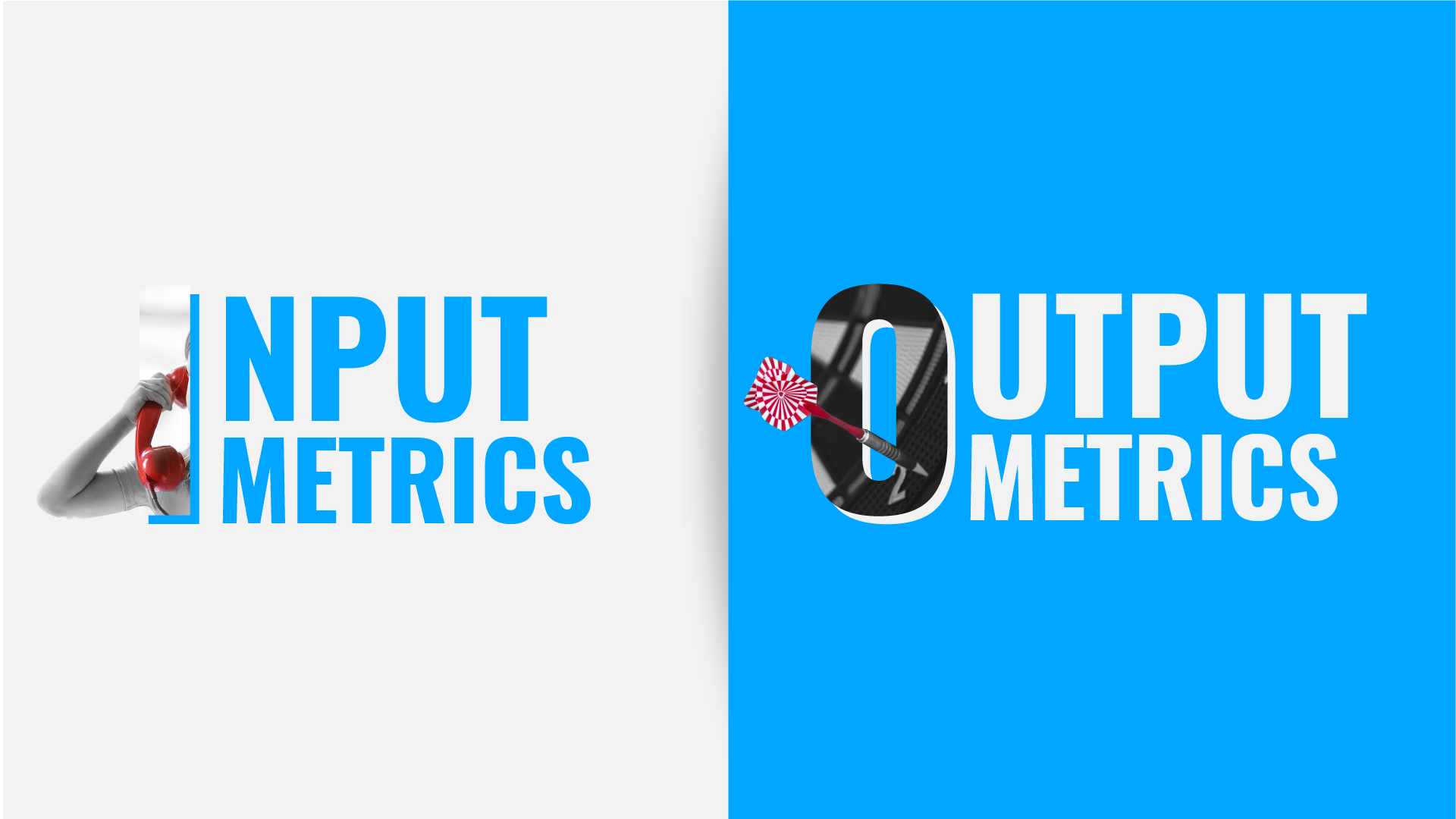I recently came across this old saying, “The top line is vanity; the bottom line is sanity; but cash flow is a reality,” and thought – wow – what wise words for entrepreneurs to live by and remember. We may get excited about seeing the numbers related to our first sale, but then we have to stay positive after checking expenses and such.
The fact is that you have to know the difference between all three elements when reviewing your income statement. Once you do, you can assess how your business is doing, and how to make changes.
Relevant Business Activities
When you run a business, you have to acknowledge that you will not become a millionaire overnight. Some people do, but they are the exceptions that prove the rule. You more likely than not will spend most of your hours working and keeping up with market trends. Even so, you can evaluate your business’s health with some simple observation, math, and analysis.
Profit is also not a reliable benchmark for success, though you should always cherish it. We need to consider profit with context and ask how we got to a profitable point through the accounting period.
Reviewing Your Financial Statements
You have to always check your balance sheet, accounts receivable, and income sheets. The numbers will not lie, provided that everyone in your staff is ethical and the accountants are not hiding failing assets. When that happens, you run the risk of bankrupting consumers’ trust as well as jail time; Enron can attest to that fact.
Your net income statement can provide an assessment of your business’s profitability. It lists how much money is invested per designated period, the number of earnings from sales and growth, and the difference between the two. You can also factor in interests from loans, fixed or variable costs, and note potential discrepancies.
What Is “Top Line”, “Bottom Line”, And Cash Flow?
Entrepreneurs are too often caught up by the vanity of the top line (revenue) – after all – it is what most people from the outside looking in judge you by. It is also easy to understand (and the first line on your profit and loss statement) – your revenue is what others have paid (or promised to pay) you for all the goods and services that you’ve provided.
Top Line
The top line covers revenue and sales totals. We call it “top” due to it being the first item on an income sheet usually. Sometimes seeing the numbers can boost morale. Especially, you can feel what I mean if you run a small business.
We may call the top line “vanity” because it just shows positive cash inflows into our business, without accounting for various expenses that can occur in proportions to revenue. These can include rent, production, and taxes (income taxes). So don’t take this number out of context, and tread with caution.
Bottom Line
The bottom line (profit) on the other hand is typically much more important than your revenue. It refers to “nets” in terms of earning or income because accountants tend to place them at the bottom of an income sheet. They essentially tell you how much you’ve caught or had to release in a given period.
You can increase your bottom line by either increasing revenue or cutting costs. Mind that increasing revenue works when costs do not increase at the same rate. Ideally, the former would have a higher positive impact because no one likes having to lay off employees, reduce supplies used for selling products or services, or having to move to another location.
I’ve seen my share of 1 million dollar businesses with a net loss of $250,000. Not something to be proud of – but something that is a little less obvious and easier to hide from the judgmental eye of the public. By understanding the different shapes and sizes a profit can assume (gross profit, net, by the department, by project, by region, by service line, etc.) an entrepreneur can identify the culprit of a less-than-desired profit and perhaps do something about it.
Cash Flow
Cash flow is what most entrepreneurs (and, embarrassingly, many accountants) have a shaky understanding of. In fact, I’d argue that too many people are afraid of it and thus choose to look the other way. Bad idea.
So what is cash flow? It refers to the money that flows in and out of a business, and the liquidity of the amounts. By “liquidity,” we mean how easily you can convert an asset to exchangeable currency and use it for exchanges. Sometimes you can use cash, the most liquid asset.
If your accountant tells you that you don’t need to understand your cash flow (or does a wishy-washy lousy job at explaining it.) Fire them now. At best they may be naive, but at worst they underestimate wanting to gain shareholders.
Focus constantly on your cash flow. Positive flows mean that more money is entering your business, from sales or investors. They also include loans and settlements if you wish to pursue either route. Shareholders are more likely to invest if they see high positive cash flows because it promises a return on their venture capital. If you keep your cash flow healthy then you have a great chance at success. Learn how to monitor and forecast your cash flow.
Next time, we’ll talk about how not to confuse profitability (bottom line) issues with cash flow problems and how to address each.
Learn More From DeepSky
At DeepSky, we want to help your business grow, and assist you in understanding finances. Our CFOs are highly qualified and trained to assist with accounting, so you won’t have to worry. To learn more about cash forecasting, check out our sister company MEASURE x HACK, and shop a cash forecasting template.
Or Contact us today to find out more. Let’s look at the bottom line and how cash flows can improve that.


